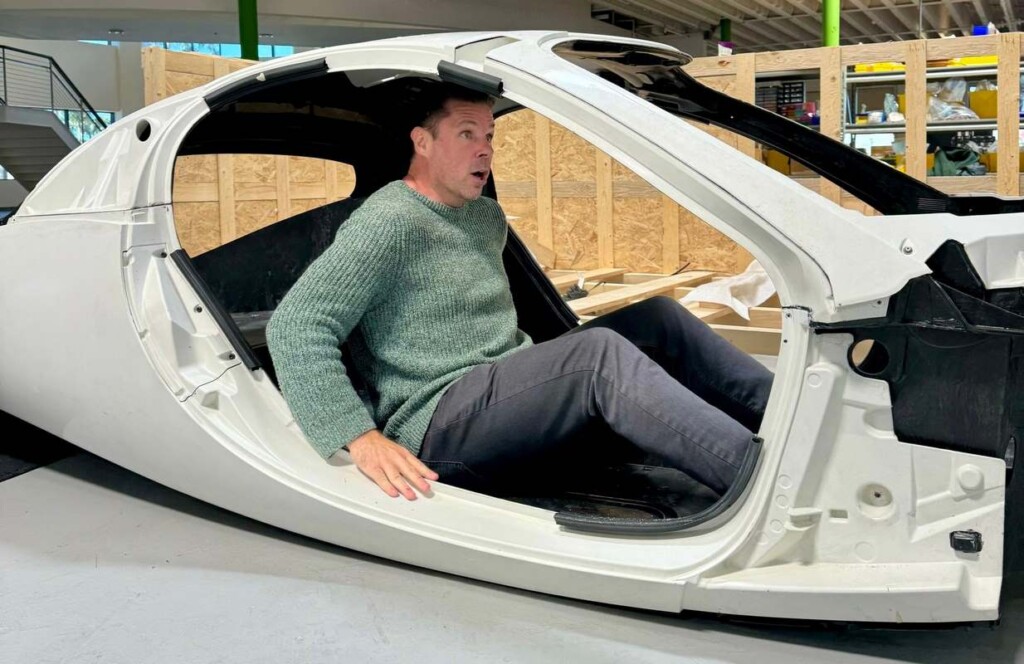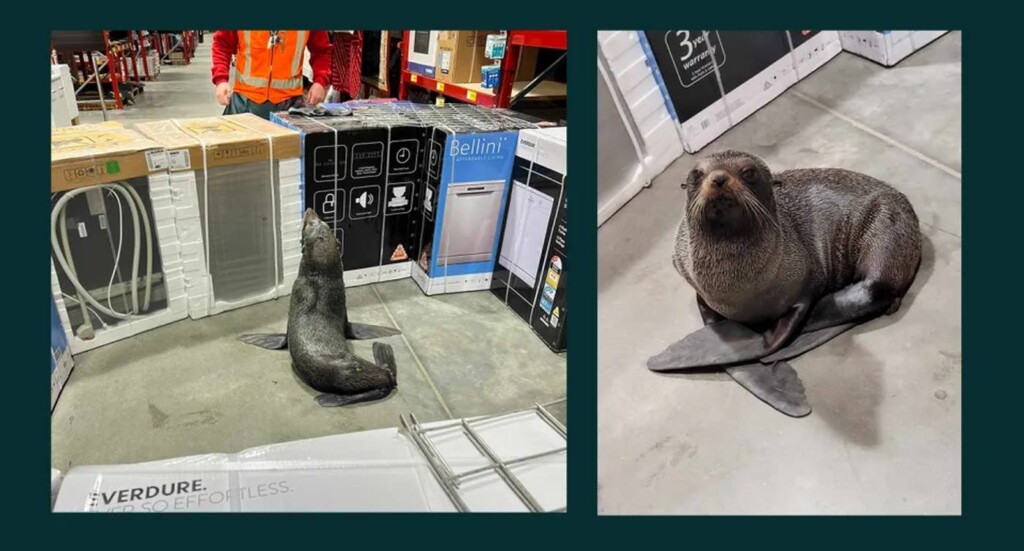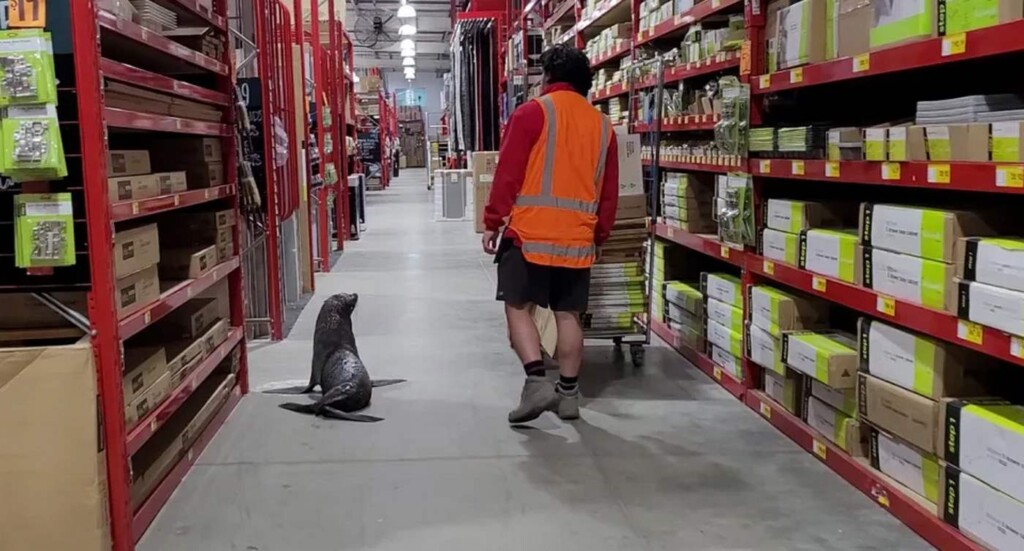 credit – Aptera, via X
credit – Aptera, via XOne of the most hotly anticipated concept cars in recent history, the Aptera solar-powered car took a large step towards reality recently as the first-ever production-grade body arrived at the company’s headquarters in San Diego.
This three-wheeler is advertised as containing 34 square feet of solar paneling that actually powers the car as it drives or while it’s parked, but so many aspects are completely new in a commercial automobile designed for mass production that extra precautions and preparations are needed before it can hit the road.
“We had so much fun last week celebrating a company milestone—the arrival of Aptera’s first production body in San Diego,” the company wrote in a post on X. “Now Team Aptera is back to work finalizing the cable routing, connectors, and placement of components in preparation for our first [production-intent] builds.”
According to Elektrek, the company has ordered all the parts for its production-intent battery packs, and other non-structural components are currently being “validated” in Italy by the company’s supply partner.
The suspension, safety equipment, and drivetrain are yet to be finalized for production models. Still, the company has gone further than many before them, because the design they are currently finalizing is not meant to be an eye-raiser or science project, like some GNN has reported on.
When the PI-2 Aptera solar trike is finally ready, it will be because the company is producing 10,000 a year.
Despite looking as dramatic as any Pagani or Lamborghini, the Aptera’s tapered backside, aerodynamic body, and arched, dolphin-like undercarriage are all designed to reduce drag.
In fact, the detail paid to the reduction of drag and energy use borders on obsessive. But it’s through this ultra-efficiency that solar power, a relatively limited form of electricity generation, can actually become a useful feature for powering a car.
“We think energy should be used to turn your wheels—that starts with aerodynamics,” says Co-CEO Chris Anthony, in a video released by the company in 2021 announcing it was taking preorders.
“In a typical vehicle you use 60% of your fuel just pushing the air out of the way at highway speeds; so if you could take that aerodynamic drag down to 0, you’d instantly get 60% better fuel economy.
“Instead of having 200-300 parts to the body, [the Aptera] have four parts to the main structure, and that makes it much easier to build, track, and assemble,” says Steve Fambro, the second co-founder of the company, in the same video.
The company says the Aptera’s solar panels will deliver 40 miles of range from charging per sunny day, but the car can be plugged in like any other EV. Aptera also maintains that its vehicle will have 1,000 miles of range because of this perfect aerodynamism, low-weight, and efficient drivetrain. Source: https://www.goodnewsnetwork.org/the-car-fueled-entirely-by-the-sun-takes-huge-step-towards-production/


